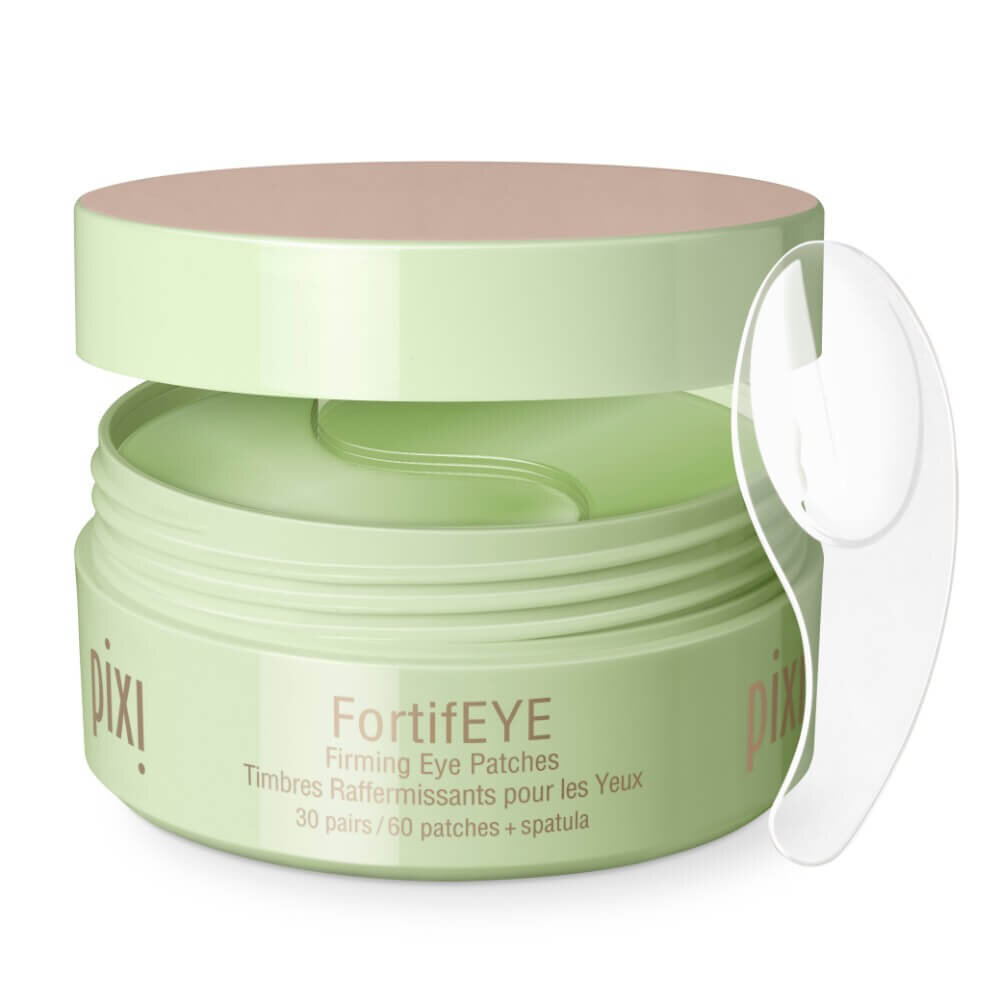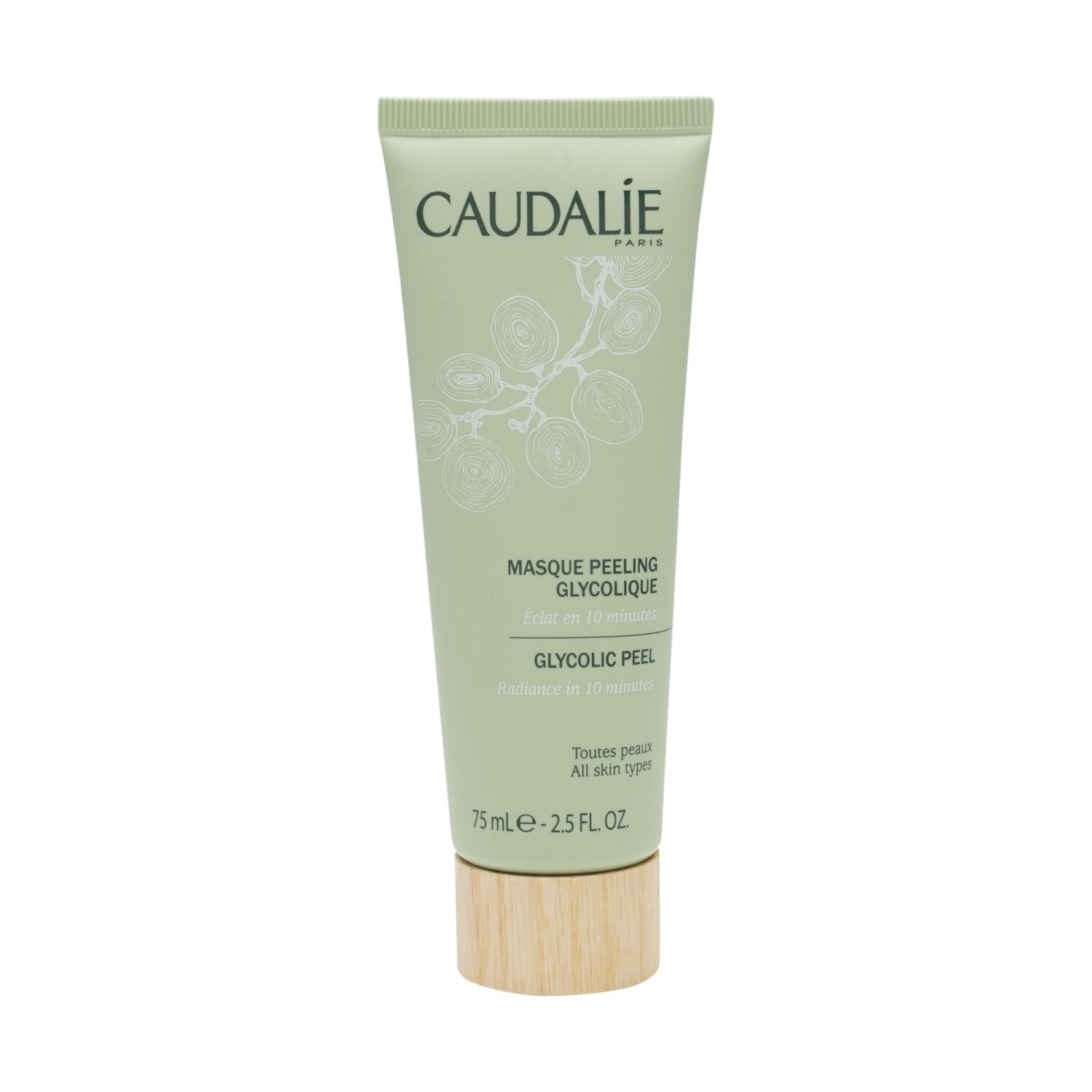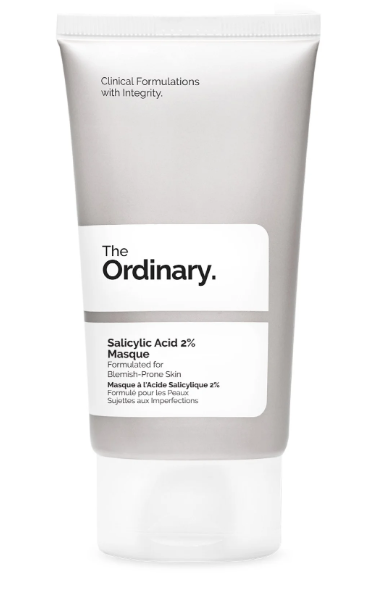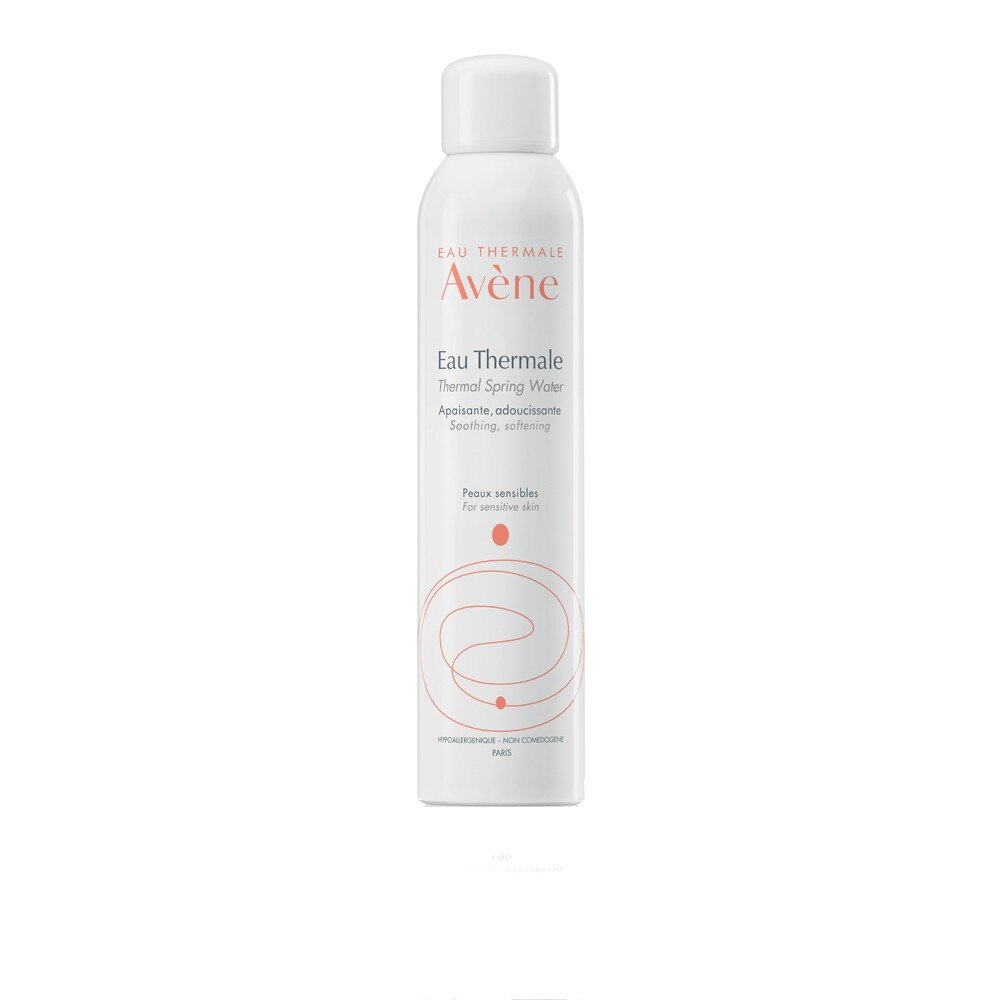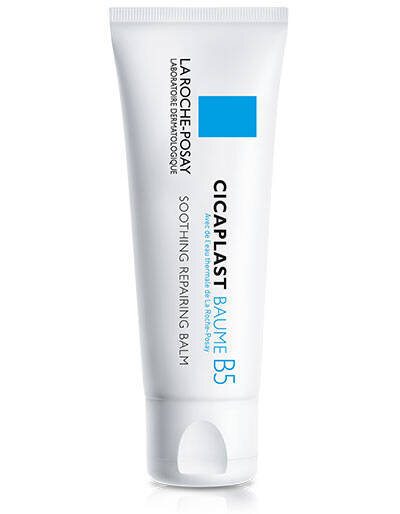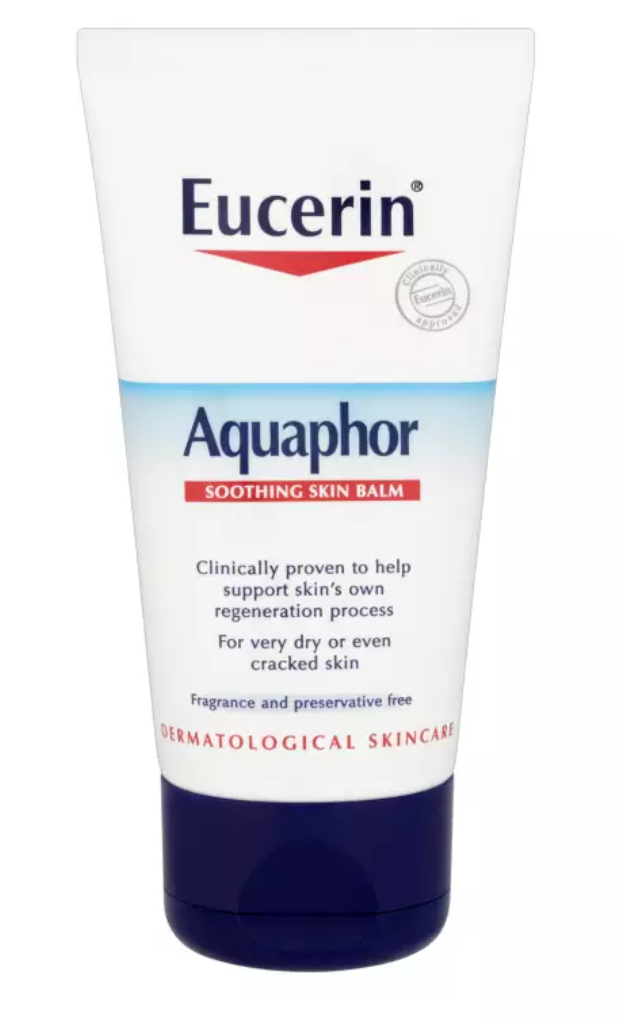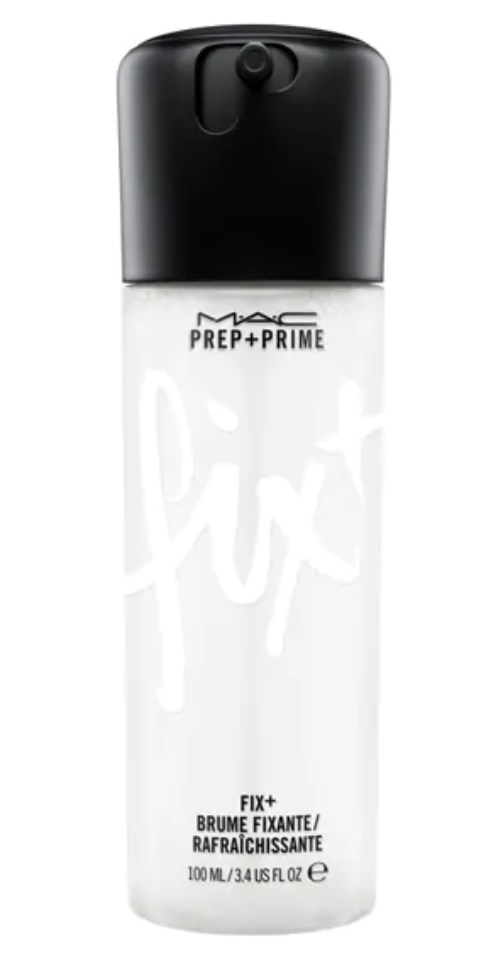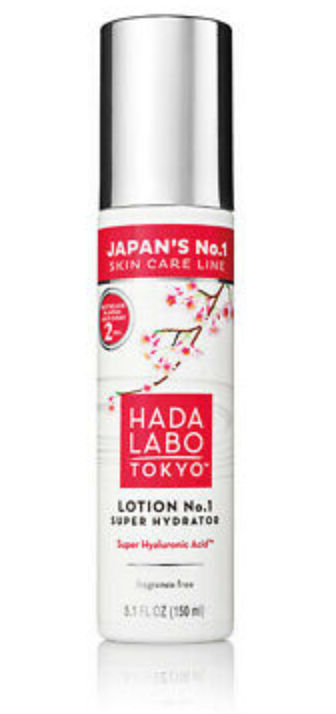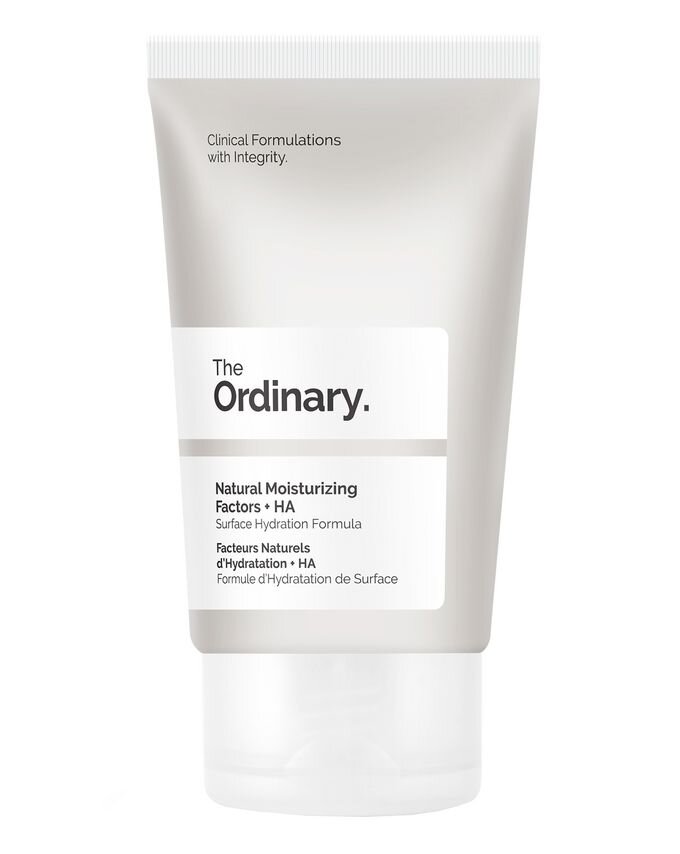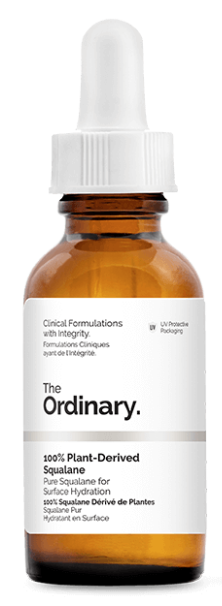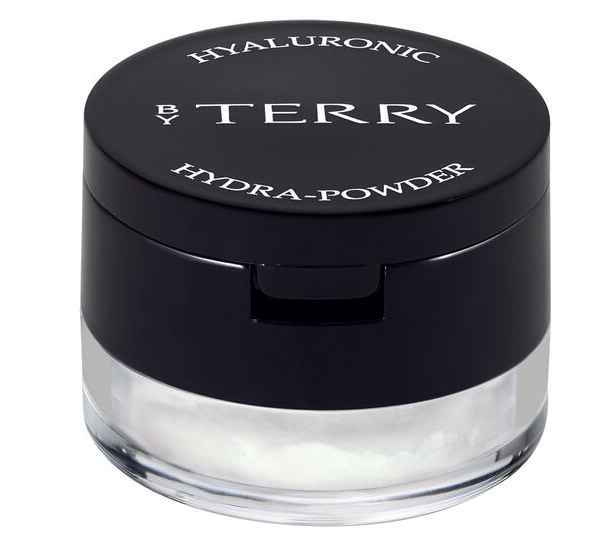Skin prep for makeup artists DRY SKIN
I share my tips so you can feel more confident in skin prep for dry skin. Dry skin is a challenging skin type to work with on set due to the lack of sebum the skin produces, dry texture can grip and look dull. So, getting back to basics is key to plump it up! I talk about particular products that I have used and worked well in my experience, bear in mind that there are many more options to play with. Practice makes perfect in terms of what you use and what works but if you know what to look out for it will certainly help.
How to identify a dry skin type:
Areas of the skin are flakey particularly around the nose, forehead, eyebrows and occasionally cheeks
Skin can enhance the texture of fines line caused by dehydration.
The skin texture can be rough with possible eczema or psoriasis.
Skin complexion can look dull and skin is not plump
Pores are small and skin can look tight.
Those dry areas may also be red and potentially the skin is thin making it easily irritated
Skin prep for a hydrated and smooth base to apply makeup
Apply eye cream or an eye mask whilst prepping the rest of the skin Pixi’s DetoxifEYE hydrogel eye patches so it has time to perform its magic.
Start with a gentle exfoliation in the areas require it to remove the dead skin avoiding anything too hard or stipping. The Ordinary Salicylic Acid 2% masque or Caudalie Glycolic Peel Mask will mildly exfoliate the dead skin whilst not being abrasive. Leave it on for 10 mins and rinse off with Avene water. Warning- if your client has particularly sensitive skin please avoid this.
Alternatively, for a more gentle exfoliation is applying some moisturiser to a sponge, biodegradable wipe, cotton bud or cotton pad to spot exfoliate areas and don't forget the eyebrow area, leave for a few minutes whilst you do something else then gently massage it to get rid of the dead skin. DO NOT scrub aggressively. The Eucerin Aquaphor Soothing Skin Balm and La Roche-Posay Cicaplast Baume B5 Soothing Repairing Balm are two I have got on well with for this.
Hydrate the skin with a spray as its light. I love the MAC fix + spray, it contains glycerin which is a humectant. A humectant draws moisture from its environment and holds onto it.
A light hyaluronic acid serum aka another humectant to hydrate and sooth the skin. I swear by the Hada Labo super hyaluronic acid, it's not too tacky or thick. Be considered with a light hand and touches on the skin when applying products, so patting products in gently helping push products on and avoid the skin getting red. Ensure to remember to apply products to the neck.
Apply the moisturiser and let it sit on the skin for a few minutes so the skin feels supple and you can see if need to add another layer. A good type of moisturiser to choose is one that leaves a residue like Embryolisse or Wedela skin food. Another good one which is a lighter texture is The Ordinary Natural Moisturizing Factors + HA as it mimics the skins. Avoid fragranced products as this is more likely to cause the skin to react.
Another layer you can add is a facial oil, The Ordinary 100% Plant-Derived Squalane. It is a lightweight oil that is an emollient which helps prevent moisture loss, think of it as a moisture gatekeeper. This is great if the client has particularly dry skin and if you have a lot of makeup changes to ensure the skin stays fresh.
Avoid any heavy powder, be strategic where you apply it and work with creams as it will make the skin look fresh. The By Terry Hyaluronic Hydra-Powder is a good light option with our friend Hyalroinc in it.
Those are my top tips for you! Let me know if you have any other additions that I should know about in the comments below.
Love
Lisa x

